Gujo-Hachiman Hakurankan Museum 郡上八幡博覧館
|
|
|
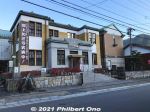
Hakurankan is Gujo-Hachiman's main museum exhibiting local culture, history, crafts, and ecology. Building was built in 1920 as a tax office. Open: 9:00 am–5:00 pm, closed Dec 24 to Jan 2. Small admission charged
https://hakurankan.com/group_en/
|
|
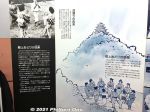
About the Gujo Odori dance.
|
|
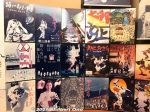
Past Gujo Odori PR posters.
|
|
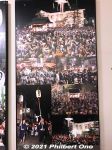
Photos of Gujo Odori.
|
|
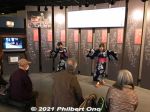
Gujo Odori dance demonstrations daily at 11 am, 12 p.m., 1 p.m., 2 p.m. and 3 p.m. with extra sessions at 10 a.m. and 4 p.m. on Saturdays and Sundays.
|
|
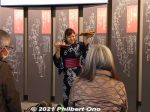
The two dancers demonstrated all ten Gujo Odori dances with recorded music. They also showed how the wooden geta clogs get worn out.
|
|
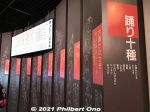
Gujo Odori has ten dance songs. During Gujo Odori, the dances and music go on continuously with live music and singers. So when do the musicians take a break?
|
|
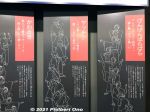
So happens that there are dance songs having no shamisen or no flutes or no taiko drumming, etc. That's when those musicians can take a break. Clever.
|
|

Gujo Odori dance festival schedule.
|
|
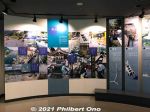
Gujo-Hachiman's natural water sources.
|
|

Traditional uses of water in Gujo-Hachiman.
|
|
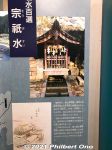
Sogisui natural spring.
|
|
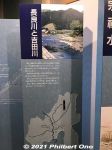
About Yoshida and Nagara Rivers.
|
|
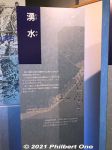
About Gujo's natural springs.
|
|
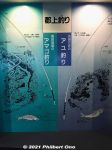
River fishing in Gujo.
|
|
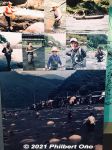
River fishing in Gujo.
|
|

History of Gujo-Hachiman.
|
|
|
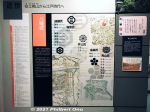
Gujo-Hachiman during the Azuchi-Momoyama and Edo Periods.
|
|
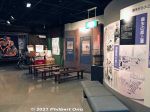
Kami-shibai show corner.
|
|
|
|

Portraits of Chiyo and Yamauchi Kazutoyo.
|
|
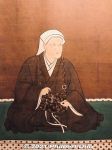
Portrait of Chiyo, wife of Yamauchi Kazutoyo.
|
|
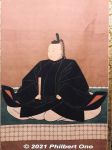
Yamauchi Kazutoyo
|
|
|
|
|
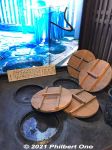
Indigo dye
|
|
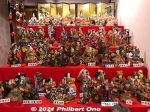
Old Hina dolls.
|
|
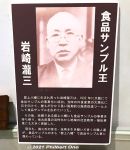
About Iwasaki Takizo (1895–1965), inventor of the ubiquitous food replicas we see in restaurants in Japan. He was from Gujo-Hachiman where today over 50% of Japan's food replicas are made. He made his first food replica, an omelette, in 1932.
|
|
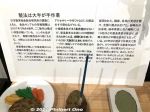
Food replicas used to be made with agar and wax. Now they are made with silicone and resin. Food replica companies founded by Iwasaki still make the most food replicas in Japan.
|
|
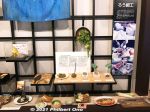
Food replicas.
|
|
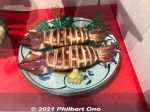
Cooked cuttlefish (ika) as a food replica.
|
|
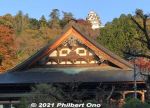
Gujo-Hachiman Castle and Anyoji Temple as seen from the street.
|
|
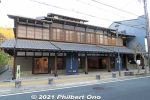
Machinami Koryukan is a new local museum is near Hakurankan. まちなみ交流館
|
|
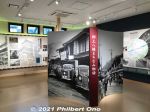
Inside Machinami Koryukan museum.
|
|
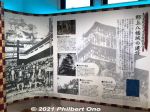
Reconstruction of Gujo-Hachiman Castle.
|
|
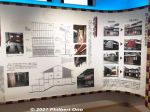
Characteristics of local architecture.
|
|
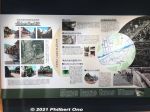
About Gujo-Hachiman's northern part of town (Kitamachi).
|
|
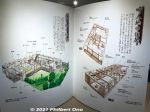
Typical home in Gujo-Hachiman.
|
|
|
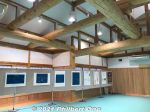
Second floor of Machinami Koryukan museum.
|
|
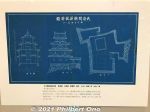
Blueprint plans of Gujo-Hachiman Castle's reconstructed main tower.
|
|
|
|
|
|